|
The little dog died. Zenna. We put her down last Thursday, right there stretched out next to Ann in the bed. She was Ann’s dog, half chihuahua, half Italian greyhound—a perfect balance of character. The greyhound mellowed out the chihuahua and the chihuahua lit a fire under the greyhound. She might have had meerkat in her too, because when she wanted your attention, she’d sit up on her hind legs with her front legs folded over her chest. She was often very serious, but just as often she made people laugh. She ran like a greyhound, fast and banking on the corners. She’d greet me by racing up and down the hallway of Ann’s house, over and over, riding the throw rugs like surfboards until she was exhausted. She did this up until the last month or two of her too-short life. She was only ten when she died—middle-aged for a small dog. No one could tell us why she was dying, what she was dying of. For some reason that hurt my heart the most. It seemed unfair (as if fairness came into it) that we should lose her to something unnamed.
Zenna loved a lap, which is why so many of my photographs are taken from behind her head, behind those long expressive ears of hers. I was always trying to see what she saw, trying to gain her point of view. She was such a kind dog. That kindness extended to Ann always, but especially at the end. I’m certain she lived beyond the time when she needed to die, and would have continued to, for Ann’s sake, if Ann hadn’t returned Z’s gift of love with a gift of her own: letting her go. Often there are no words for these creatures who don’t pursue us with language, but with their big eyes and hearts. These images are my farewell to Zenna, and my wordless thanks. Two hawks and an osprey (an osprey!) circled Ann’s home in the desert as we carried Z’s body out to the vet’s car. The night before, an owl hooted from an ironwood tree close to the house. Zenna was enjoying some cheesecake at that moment, but she cocked her ears, then went back to licking the plate. My guess is that when the birds come for you, the promise of flight is not frightening, but a promise of freedom, release and return.
8 Comments
This is a story about a stutter. Not the soon-to-be presidential stutter, but the stutter of a man named Ted Hoagland, a writer and teacher of mine at the University of Iowa. Ted himself has written eloquently about his stutter in an essay called “On Stuttering,” which I recommend to you, but his experience of his stutter was necessarily different than my experience as a student in his classroom. Every week I walked into the overlit room in which he taught, and whatever hesitation filled my mind, I let go of it at the sight of Ted at his desk, surrounded by arrogant young apprentice-writers who droned on and on before the class began, while he, the teacher and accomplished writer, sat silently, working out what I assumed to be his own hesitation.
We critiqued two student short stories each week, in a way that now reminds me of a cat playing with a mouse for sport. One student named Jeffrey loved the word irony and worked it into his criticism of every piece. “I think you’ve overdone it on the irony here,” he’d say, or “Scrap the ending. Too ironic.” I believe I succeeded in being respectful to every windbag I met in the halls of the English Philosophy Building where we converged for workshops and classes called Forms of Fiction, but sometimes I found it extremely challenging. To watch the windbags’ antithesis at work in the form of our teacher, Ted, was the balance my education needed. Ted began each class with a short monologue. He’d speak about the themes that appeared in both of the week’s submissions, and the pitfalls both pieces presented and how they dealt with them. He’d thank the students who were about to go under the knife, and from that point on he’d say no more. He was a head-wagger and full body stutterer. His shoulders contorted and his back arched as he tried to speak. I don’t know the technical terms involved in stuttering, but I do know that for Ted, with a stutter as extreme as his was, making himself understood, unless on paper, was a magnificent act of courage. And endurance. Even that short monologue was an endurance exercise for him, and for the class of young whipper-snappers who’d decided they had enough to write about to try and make a career of it. Or they knew enough about writing to imagine themselves right there in Ted’s seat one day. And not just one day, but one day soon. I understand now, looking back on all of us, that of course we had little to write about and that was the reason for all the talk. All the windy holding-forth that happened in that classroom was the direct result of having nothing to say. And the fact that Ted didn’t interrupt us, didn’t intervene and scold us, or at least beg us to tame our bulging egos, the fact that he sat in silence while we all carried on, strikes me now as its own teaching tool, but a tool we didn’t know how to accept when it was given to us, nor how to use if we could accept it. Silence wasn’t fashionable in our twenties. We believed language was our life. And the subtleties of silence, the wide worlds of difference between deference, defeat, and tact, wouldn’t dawn on us for a long time. I hear that some years ago Ted lost his sight, and through a risky operation it was restored to him, but during that time he lost his stutter, or most of it. What an extraordinary development for a man, a writer, who has always expressed himself within the safety of the written word. To venture out into the spoken, but with the understanding that less said is often the greater gift. A lesson for all of us. What fascinated us that summer was Mr. Burden’s bomb shelter. We came across it deep in the woods one day, a squat gray concrete bunker with heavy metal doors that stood open. Inside, four or five spacious storerooms filled with cans of food and water. We’d never seen water in a can before. The place was filled with novelty and mystery.
It looked to me like Pharaoh’s tomb. There were rows of geraniums planted on the roof. “To disguise it,” said one of my older cousins. “From the air,” added another. “But no one has a garden of geraniums,” said my sister, the future botanist. “They’re houseplants. Have you ever seen a garden of geraniums?” We decided Mr. Burden wasn’t a detail man. He’d ordered a roof garden to disguise his bomb shelter from enemy planes, and if geraniums were on sale that week, he got geraniums. Inside, it was cold and echoey. I tried to imagine the Burden family holed up in this uninviting place while a nuclear bomb destroyed the world around them. It took out their friends, their enemies, their schools, their livelihood. It took out their home, their gardens, their artwork. It destroyed huge swatches of the natural world that gave them joy. The fires ignited by the blast burned right up to the door of their bomb shelter. The geraniums didn’t survive. Nothing did. I was only ten, but I’d had a Cold War childhood. Earlier that year, the Cuban Missile Crisis put New York City in the crosshairs. I stood at the window of our Manhattan apartment and looked out at the eerie urban glow and wondered if Khrushchev really wanted to kill us all, and if so, how fast that would happen. I was initiated enough to understand the scope of destruction carried by nuclear weapons, and I felt the communal dread and fear. Air raid drills and fallout shelters were part of my vocabulary. We’d been ducking into our lockers at school and heeding the sirens for a couple of years. So to come upon the bomb shelter, the manifestation of dread and fear, was almost a relief. Here before us, set in concrete, was the enemy, the danger, and our constructed response to it. Here was the way to fight evil, because good and evil were much in fashion back then. We relied on one to sanctify the other. We were children, and that made sense. Apparently, it made sense to the adults in our world as well. The great divide between right and wrong must have been alive in Mr. Burden’s heart, given the effort he expended creating his tomb or fortress. Later, when none of us wanted to return to that place in the woods, the reason we gave was that it was ugly. No one wanted to admit to being afraid of it and what it stood for. Instead, it was ugly. I urge us to consider every possibility besides the ugly one in our dealings with those among us with whom we disagree. While good and evil are tempting paradigms, they’re more convenient than accurate, and in the end they lead to inconveniences from which it’s difficult or impossible to recover. |
AboutA place to discuss writing or anything on your mind. All visitors are invited to join the conversation by commenting on posts, asking questions, and joining the newsletter below for even more opportunities to connect and converse! Archives
April 2023
Categories |

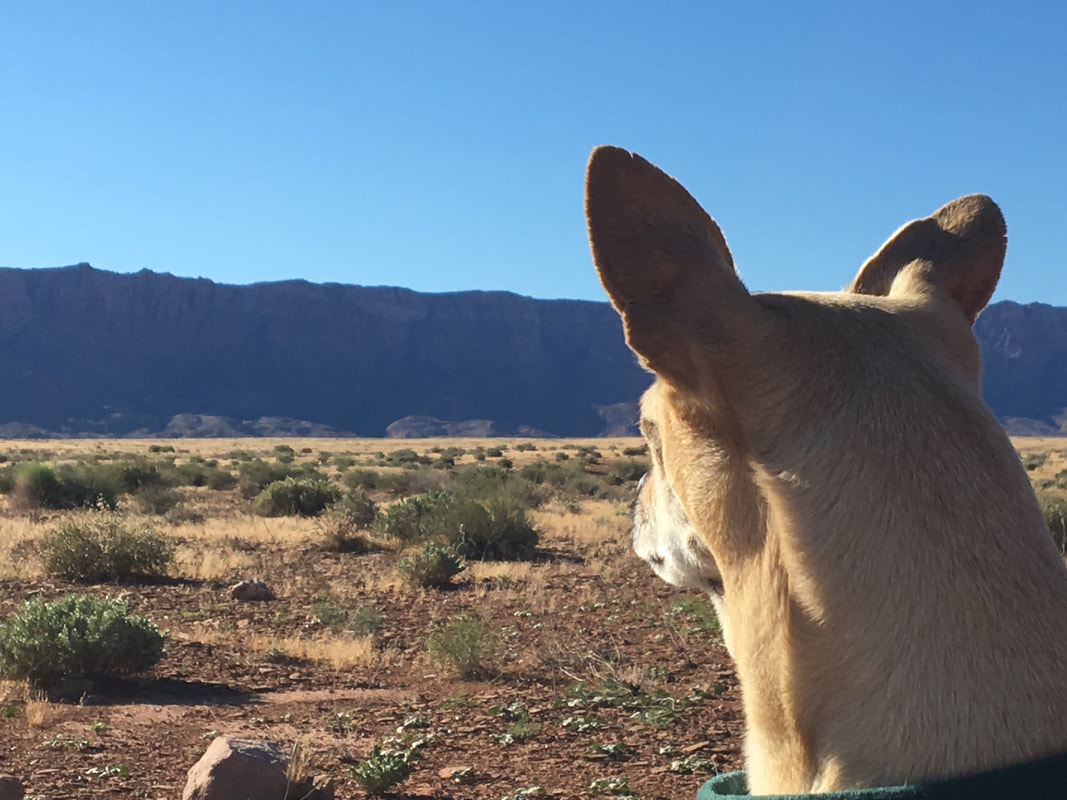
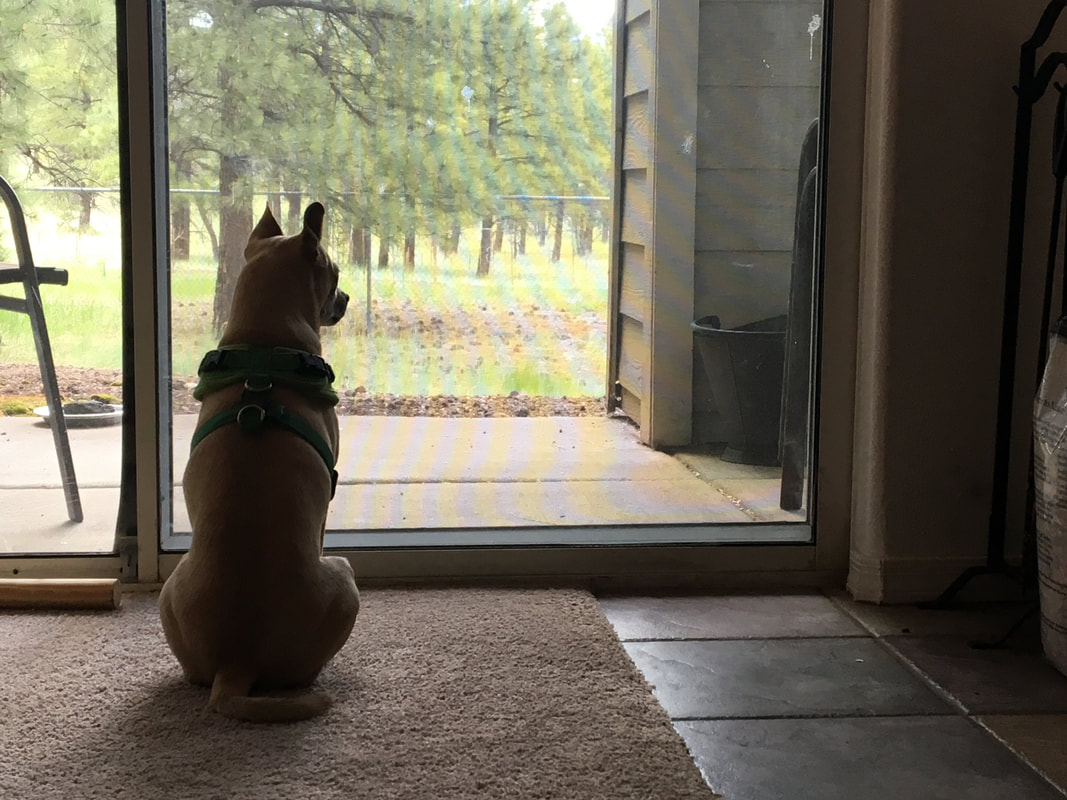
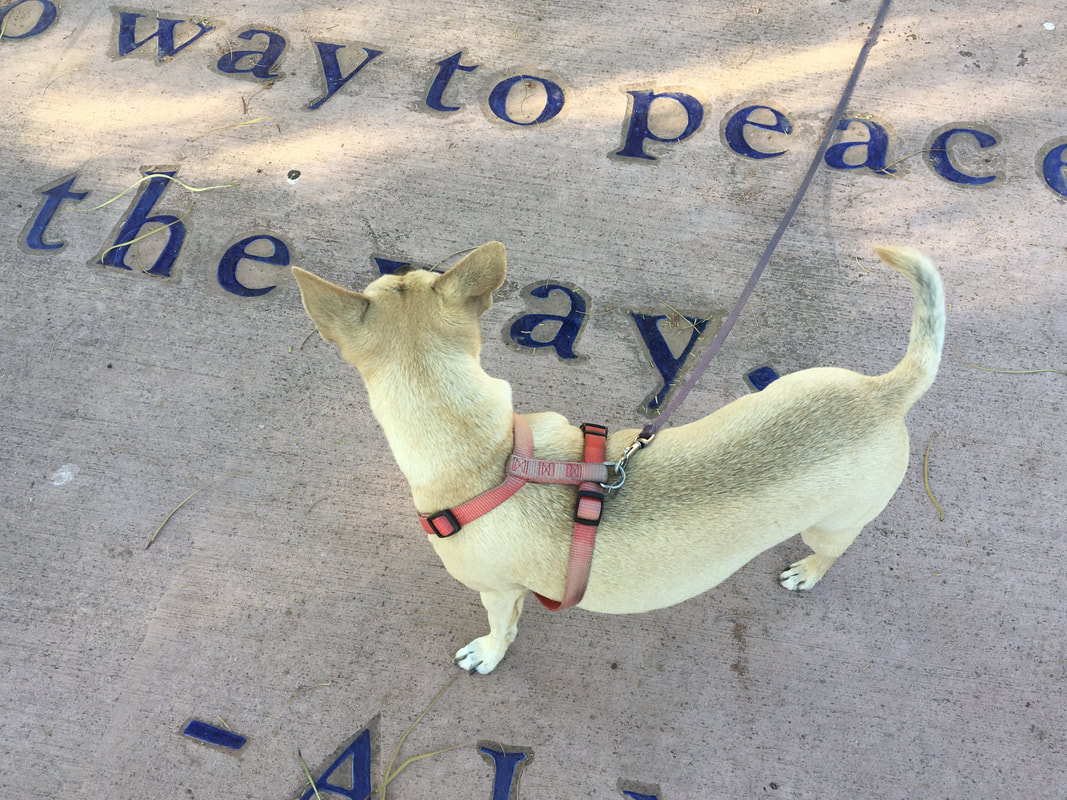


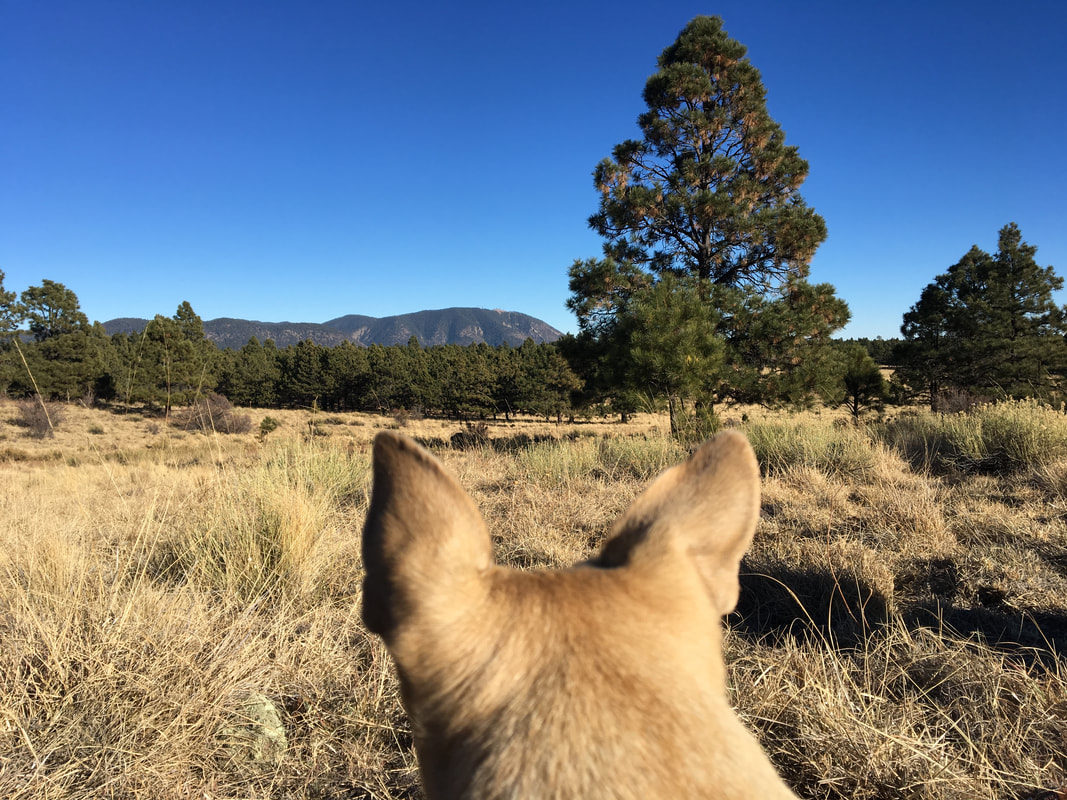
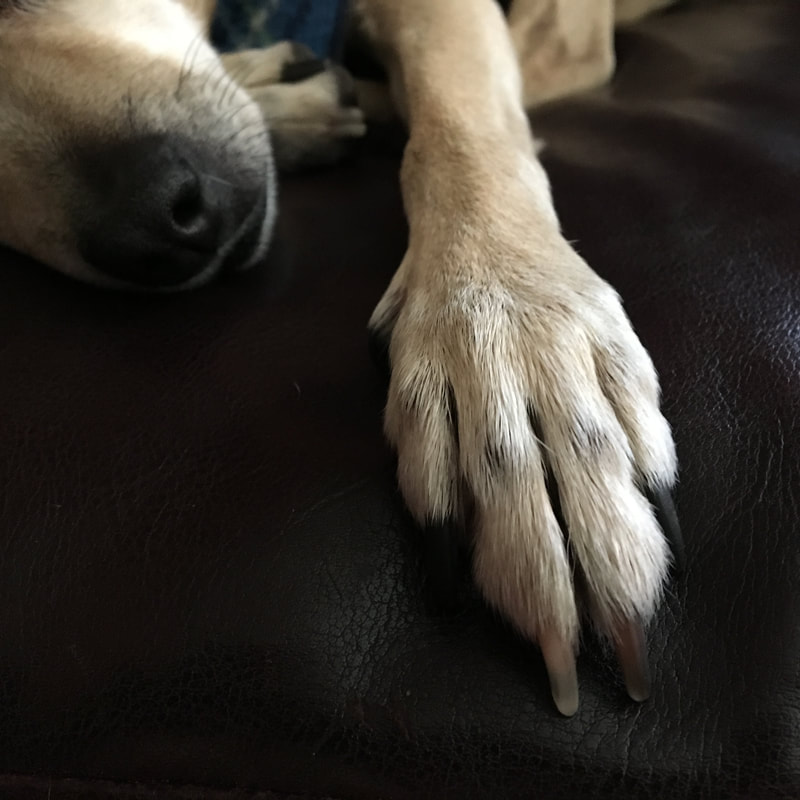
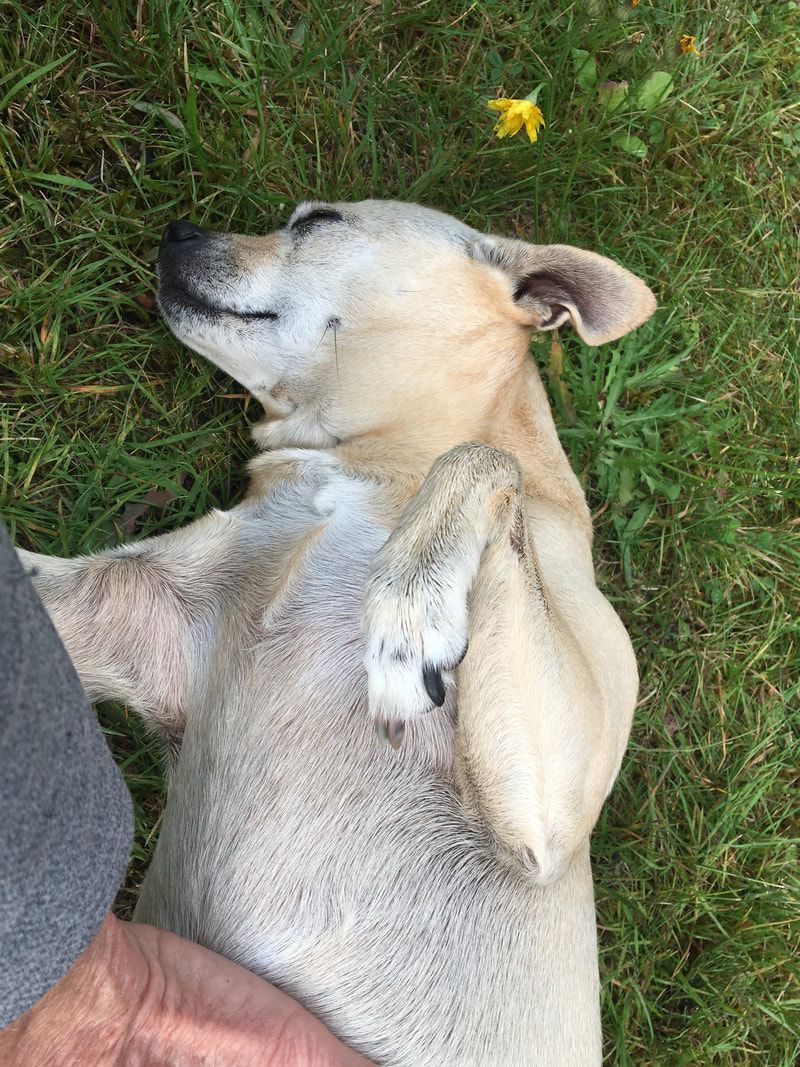
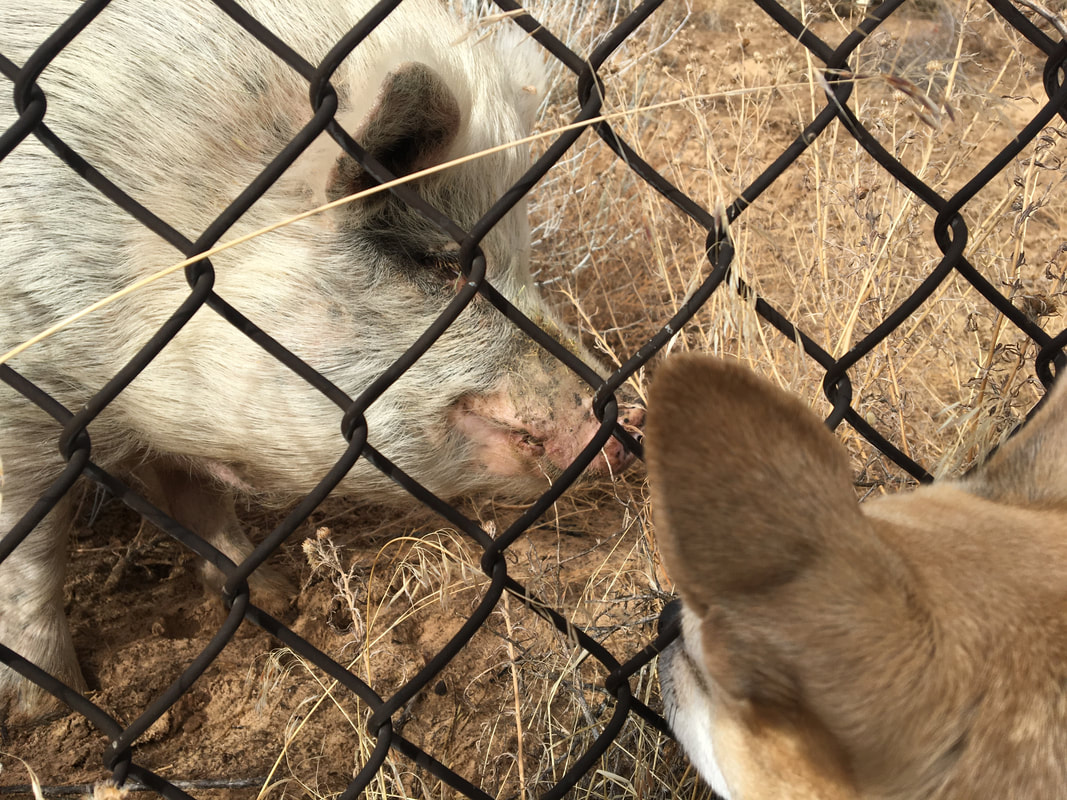
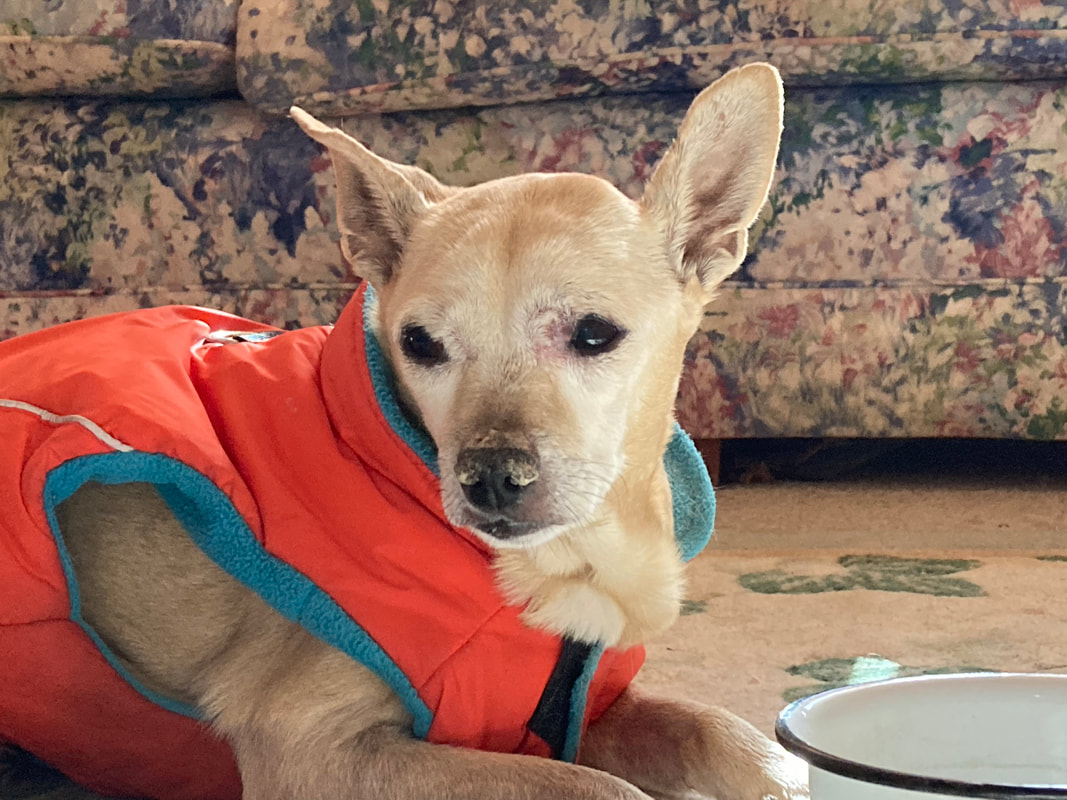
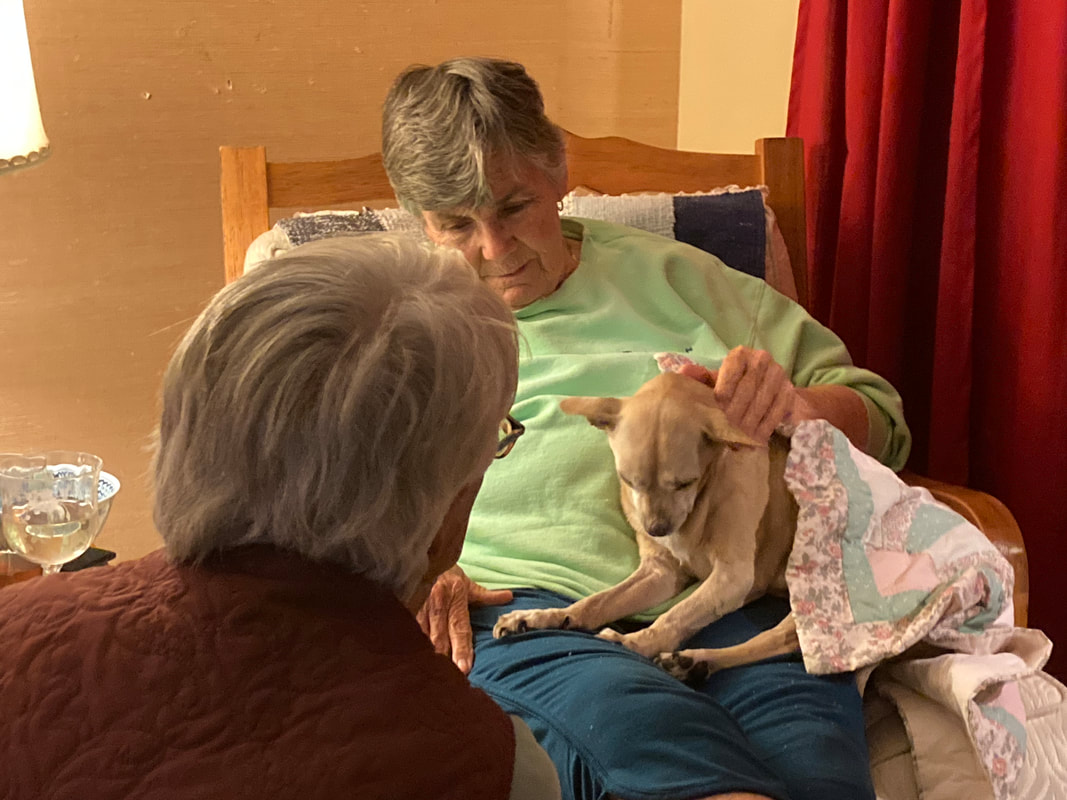

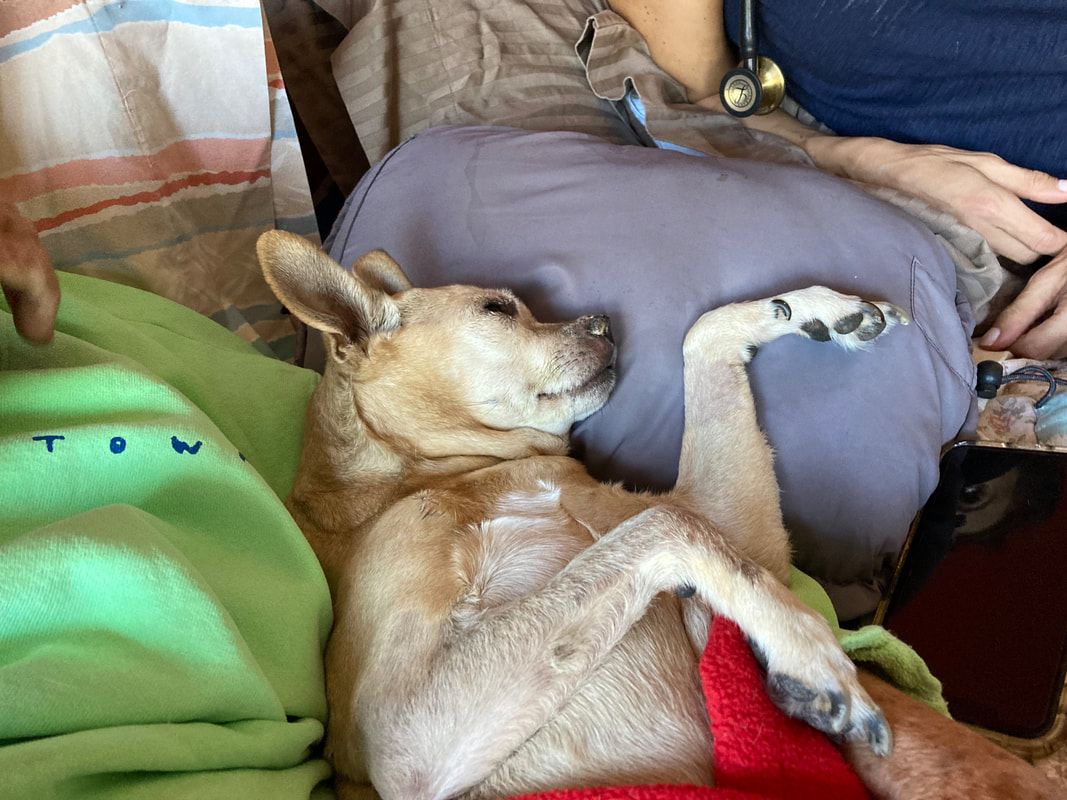
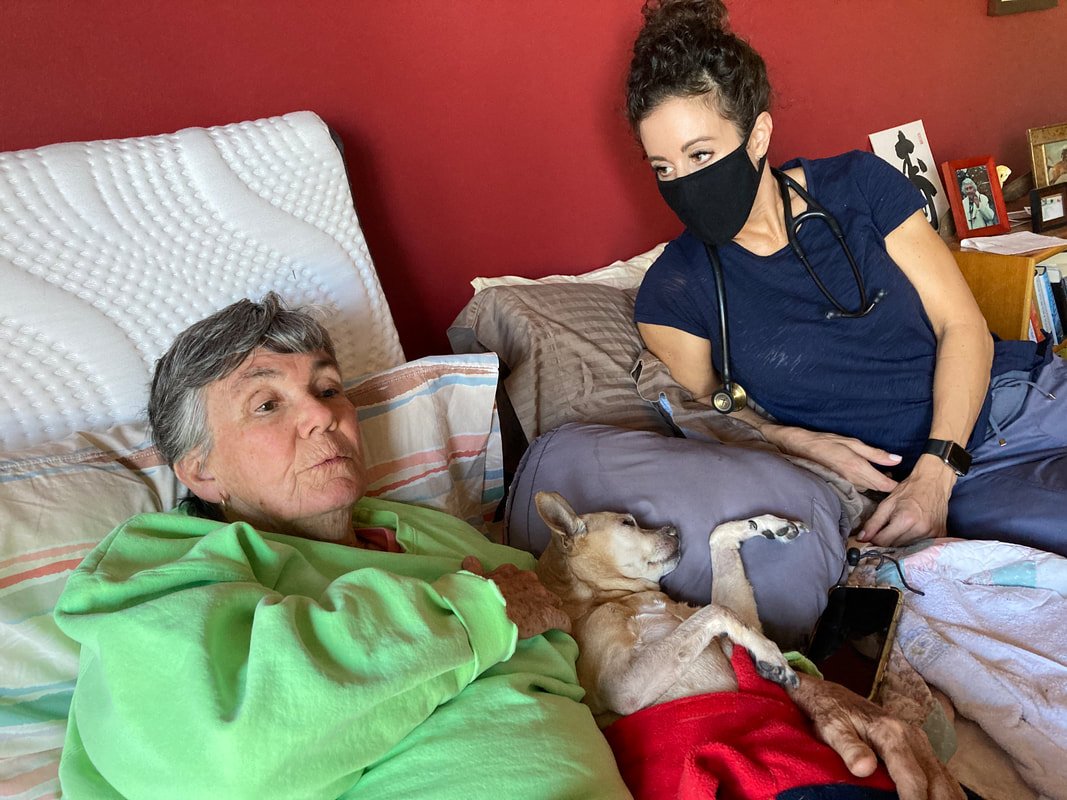
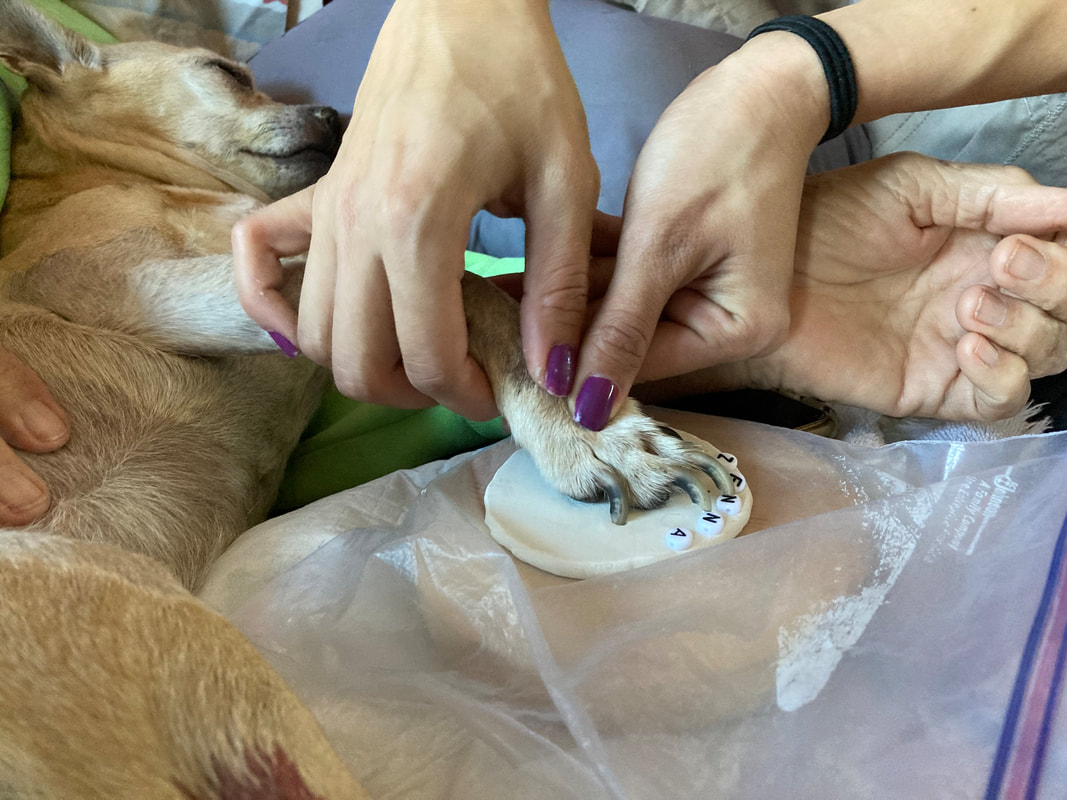
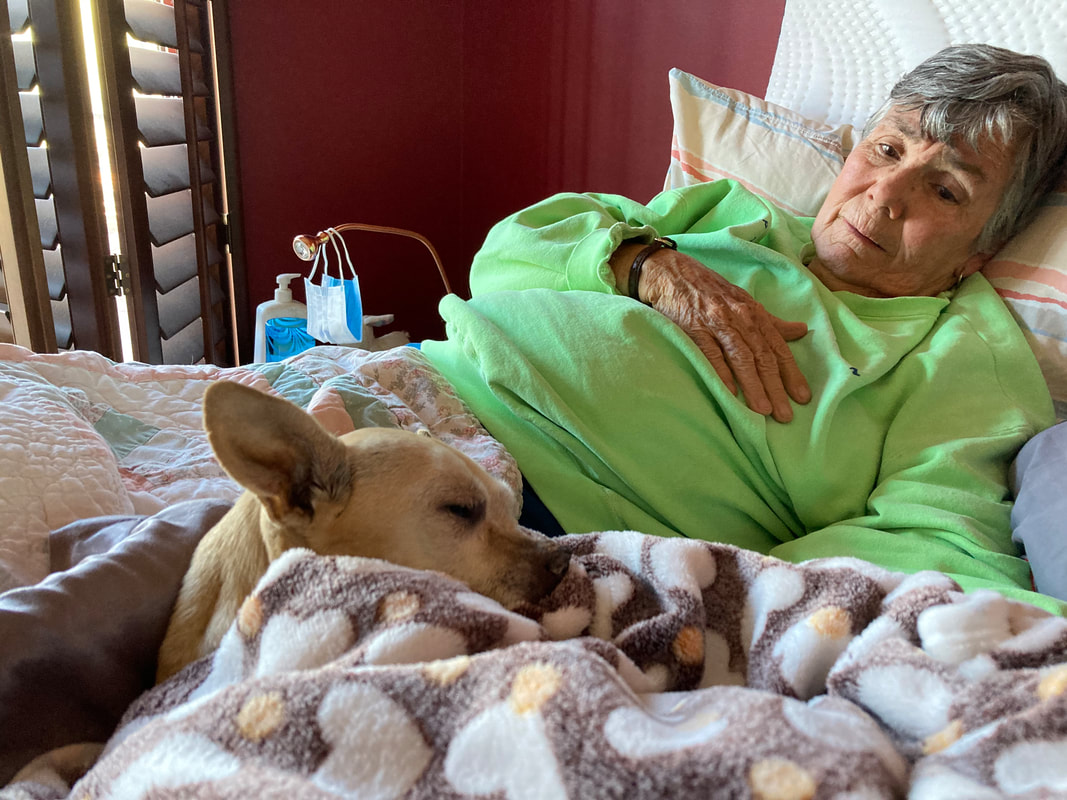
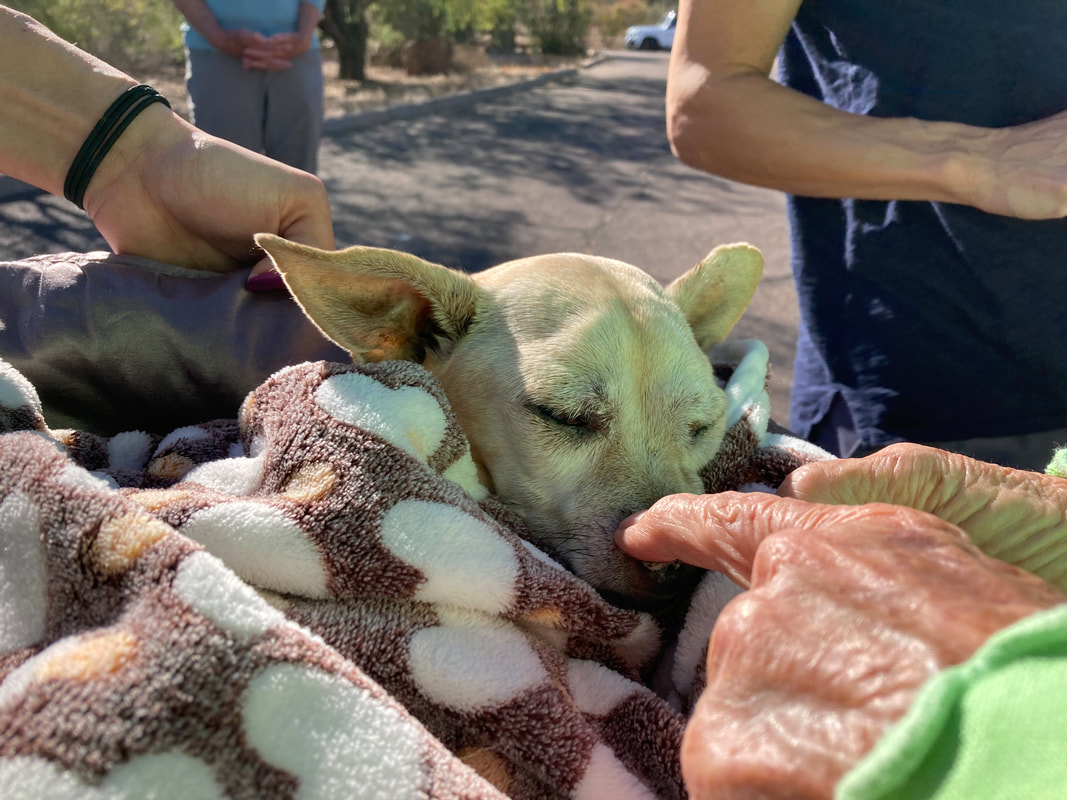
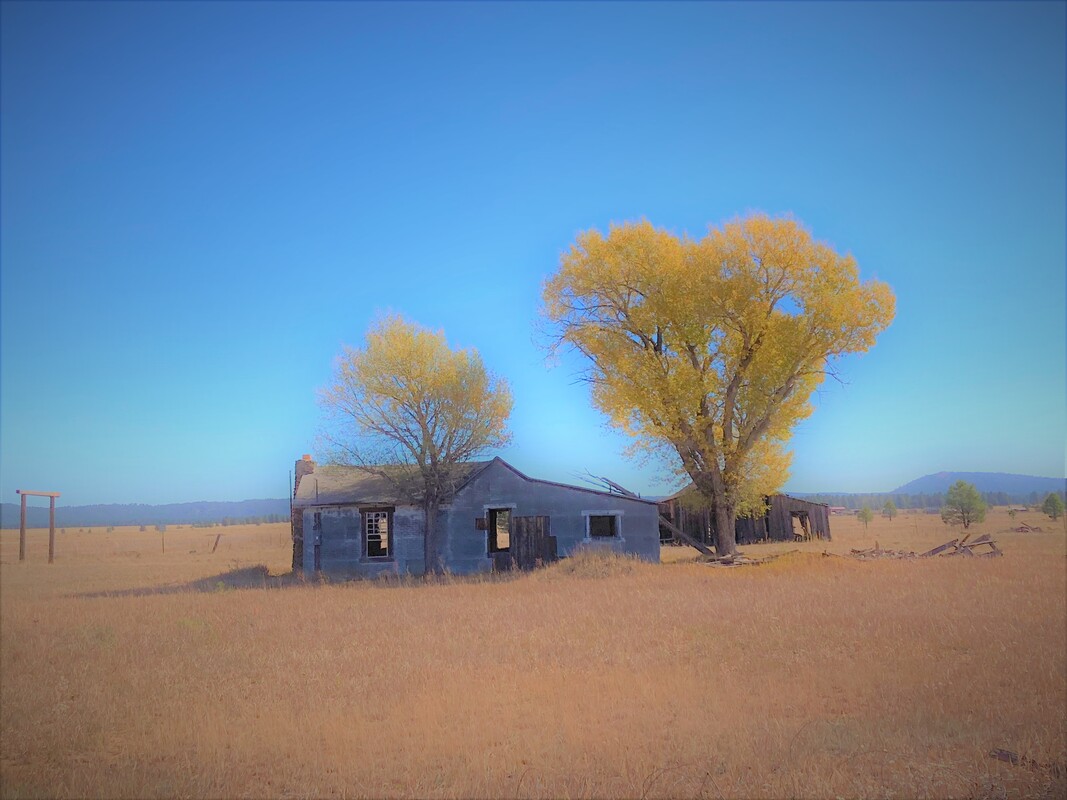
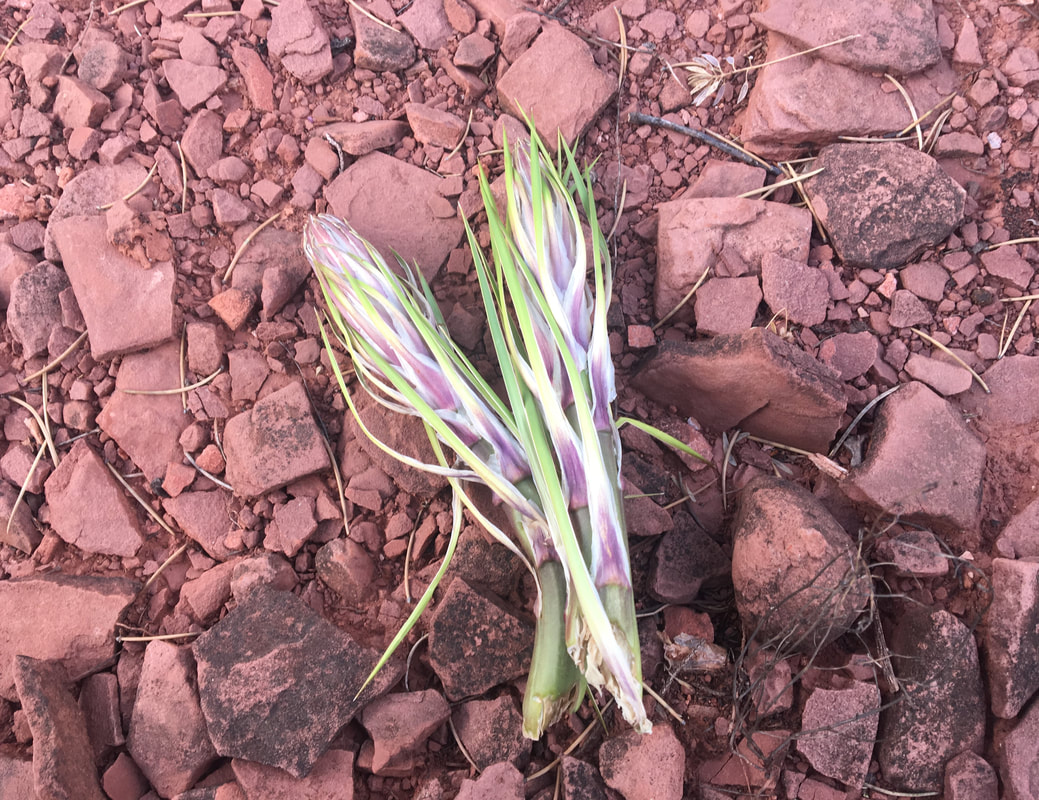
 RSS Feed
RSS Feed